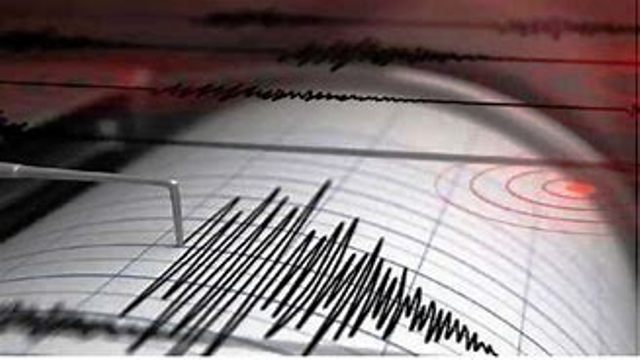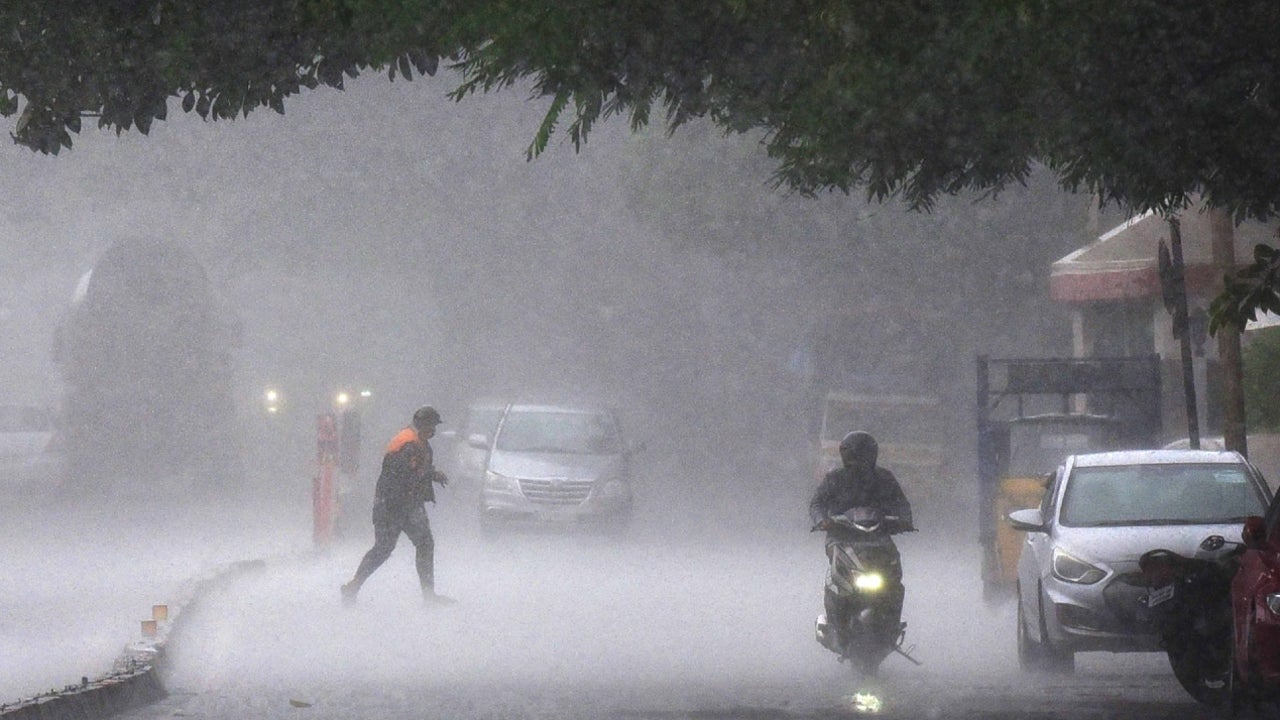Bhubaneswar: Khokan Parmanik can vividly recall what he had seen as a child 23 years ago – huge tidal waves lashing his village, people including his parents and brothers getting swept away by the turbulent sea and houses being destroyed by a wall of water.
The lives of Pramanik and thousands of other people living in villages and towns near the coast of Odisha changed on that day, October 29 of 1999. They lost near and dear ones and were rendered homeless as a Super Cyclone barreled through the state causing insuperable damage.
“When the tidal surge entered our village, my grandmother and I climbed a banyan tree nearby. My father helped us because I was a child and my grandmother an elderly person,” said Pramanik, now a 29-year-old man.
A resident of Kankana village under Erasama block in Jagatsinghpur district, he said, “We were saved. But the next morning, we found my father, mother and brother dead.”
Thunderstorms line up along the Tamil Nadu and Andhra Pradesh coasts on Sunday morning after the India Meteorological Department declared the commencement of North-East monsoon rains over the South Peninsula on the previous day.
Thunderstorms line up along TN coast as N-E monsoon enters second day
The Super Cyclone made landfall near Paradip with the highest wind speed of 260 kmph. It was the most intense tropical cyclone that crossed the Indian coast after satellites started monitoring storms.
Torrential rain, tidal waves as high as 6-7 metres and flood wreaked havoc across the Odisha coast, killing 9,843 people officially, mostly in Jagatsinghpur district. Rescuers had found carcasses of cattle and bodies of human beings lying side by side in many places.
“I even saw human bodies stuck on trees after tidal water receded. Volunteers of Anandmarg fished out bodies from accumulated water and undertook mass cremation by pouring kerosene oil,” said Biswadas Mohanty, a Physics professor who visited Japa village under Erasama block.
Mohanty said there was no vulture to eat corpses as the big birds flew away due to high-velocity wind. “How can I forget the scene of people being swept away in the tidal surge during the cyclone?” said Madhuri Das of Sunadiha village of worst-hit Jagatsinghpur, who was a four-year-old girl then.
She had a sister, and her father told her mother to keep one daughter with her. “She kept me. I lost everyone else including my grandparents,” said Das, who is now 27.
Not just coastal villages, the capital city of Bhubaneswar was also severely affected by the Super Cyclone of 1999. Electricity connection and telephone lines were dead for days as poles were uprooted while the city lost much of its green cover.







